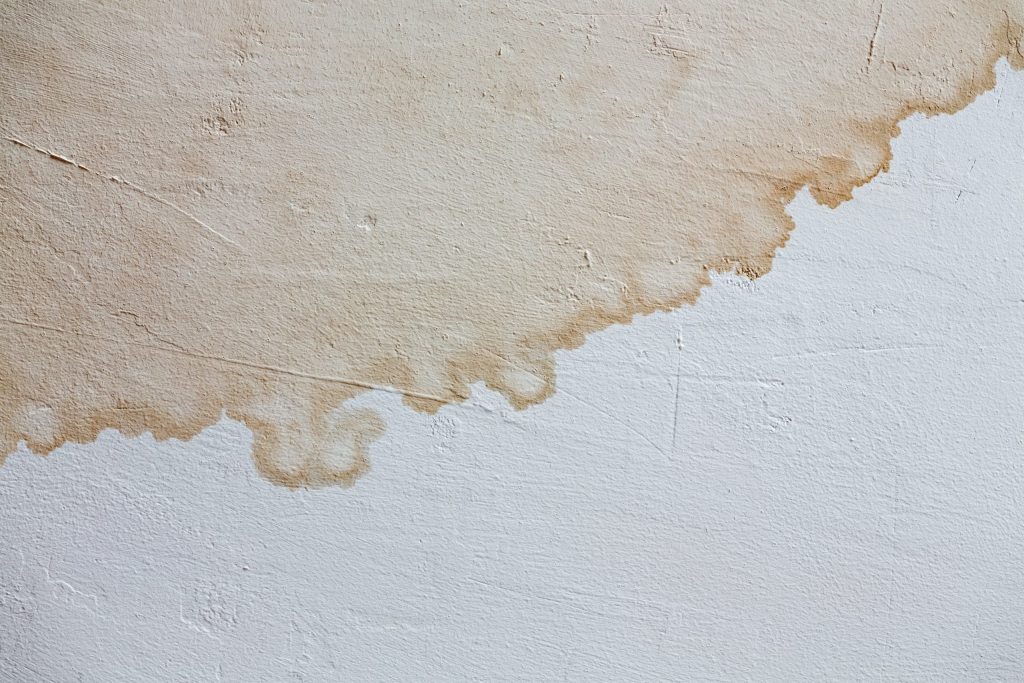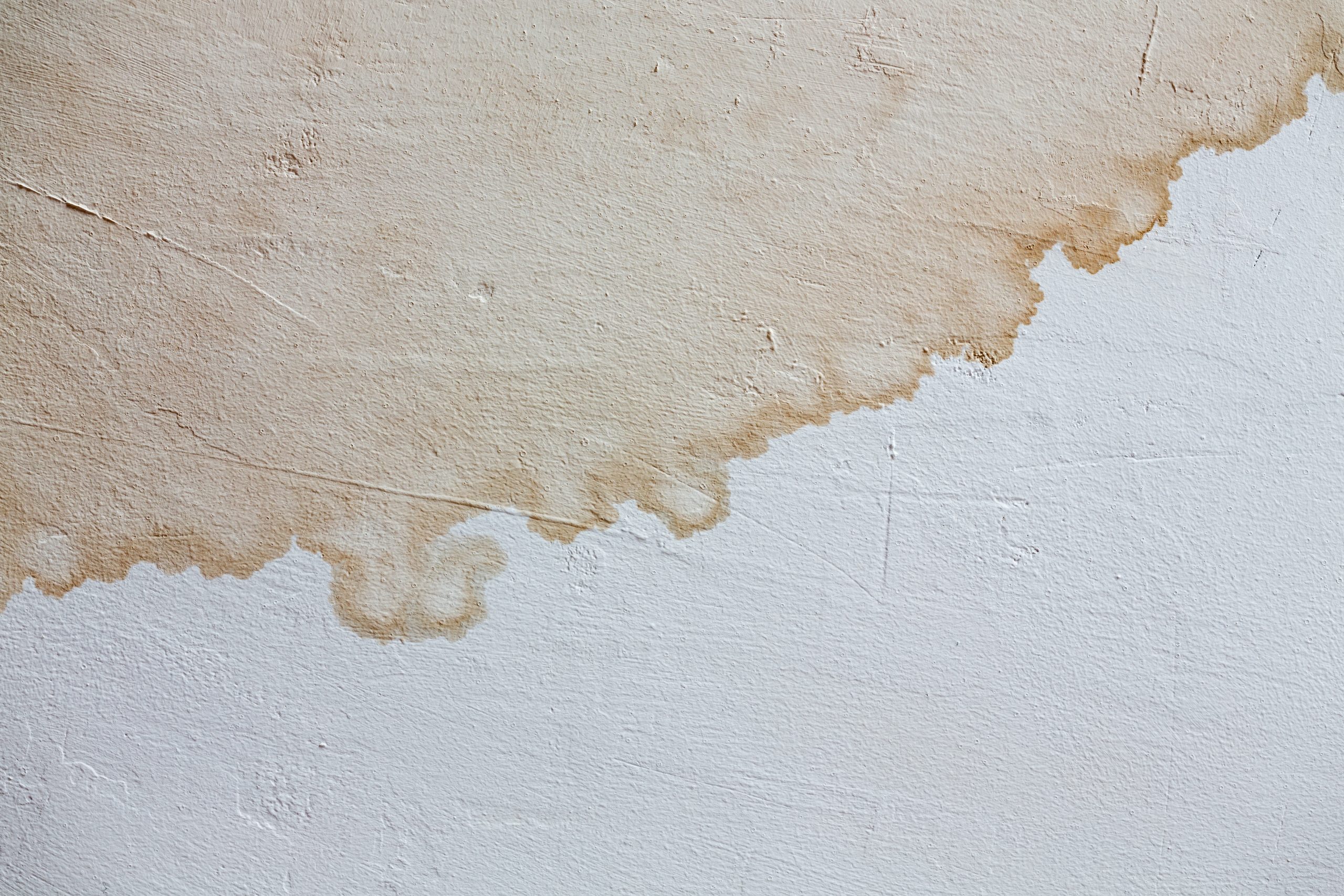A wet ceiling can be an alarming sight, leaving homeowners puzzled and concerned about the potential causes behind this issue. In this comprehensive guide, we will delve into the common reasons for a wet ceiling, explore the implications, and offer practical solutions to address the problem. If you’ve ever asked yourself, “Why is my ceiling wet?” you’re not alone. Let’s unravel the mystery together.

Understanding the Signs: Why Is My Ceiling Wet?
Have you noticed water stains on your ceiling? Perhaps there’s a damp or spongy texture when you touch it? These are clear indicators that something is amiss. To address the issue effectively, we first need to identify the root cause.
Common Culprits Behind a Wet Ceiling
- Roof Leaks: The Silent InvaderA damaged or aging roof is a leading cause of water intrusion into your home. Missing shingles, cracked flashing, or compromised seals can allow rainwater to seep through, leading to a wet ceiling. Regular roof inspections and timely repairs are crucial in preventing this issue.
- Leaky Pipes: Concealed DangersUndetected leaks in plumbing pipes can wreak havoc on your ceiling. Whether it’s a slow drip or a sudden burst, water damage can accumulate over time, leading to a wet and discolored ceiling. Regular plumbing maintenance and inspections are vital to catch these issues early.
- Condensation Woes: Humidity Takes Its TollHigh humidity levels within your home can result in condensation forming on the ceiling. This moisture buildup can eventually lead to a wet ceiling. Adequate ventilation, proper insulation, and the use of dehumidifiers can help control indoor humidity and prevent this issue.
- Faulty HVAC Systems: Cooling Down, Dripping UpAir conditioning units generate condensate as they cool the air. If the condensate drainage system is faulty or clogged, it can lead to water dripping onto your ceiling. Regular HVAC maintenance, including cleaning and inspecting drainage lines, can prevent this from happening.
Addressing the Issue: What to Do When Your Ceiling is Wet
Now that we’ve explored the possible culprits, it’s time to take action. Depending on the cause, there are several steps you can take to remedy a wet ceiling.
1. Roof Repairs
If the issue lies with your roof, consult a professional roofer to assess and repair any damage. Prompt action can prevent further water damage to your ceiling and the structural integrity of your home.
2. Plumbing Fixes
For plumbing-related issues, enlist the services of a qualified plumber. They can identify and repair leaks, ensuring your plumbing system is in top condition and preventing future ceiling wetness.
3. Humidity Control
Invest in proper ventilation and insulation to control indoor humidity levels. Additionally, consider using dehumidifiers in areas prone to excess moisture, such as basements or bathrooms.
4. HVAC Maintenance
Schedule regular maintenance for your HVAC system to prevent condensate-related issues. This includes cleaning or replacing filters and ensuring proper drainage from the unit.
Conclusion: A Dry and Secure Home Awaits
Understanding the causes of a wet ceiling empowers homeowners to take proactive steps in preventing and addressing this issue. Whether it’s a leaking roof, faulty plumbing, condensation, or HVAC-related problems, early detection and timely action are key.
Remember, if you ever find yourself wondering, “Why is my ceiling wet?” it’s crucial to investigate and address the root cause promptly. By doing so, you not only protect the structural integrity of your home but also ensure a dry and comfortable living space for you and your family.
